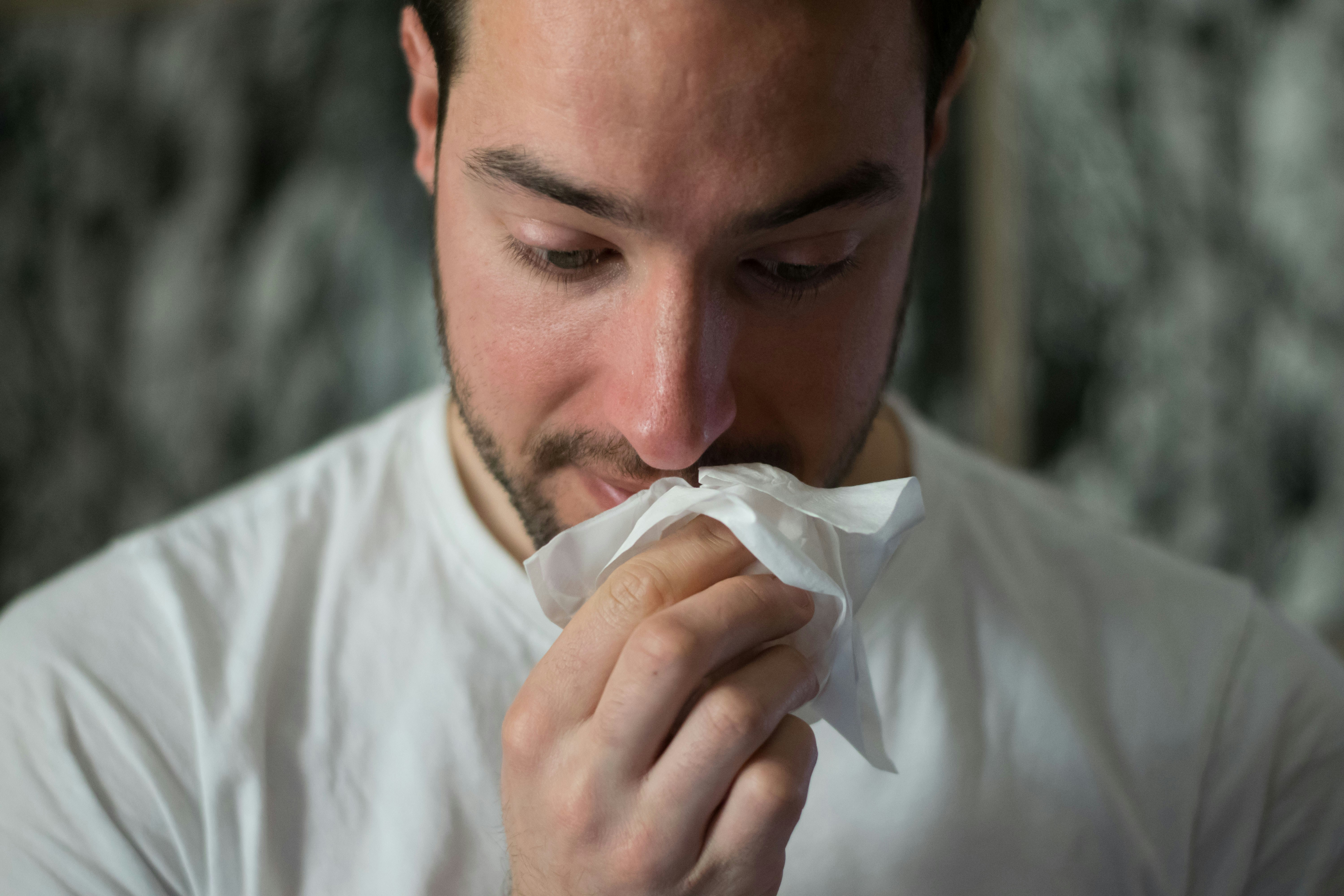Breathing fresh air is something which people across the world want to do daily. To live in a world where you can breathe air that is free from pollutants and other harmful elements should be possible, but unfortunately, that’s not the case. In the United States alone, approximately five in ten people live in an area where the air is unhealthy. This includes 150 million Americans, or approximately 45.8 percent of the countries population, who live in counties with unhealthy ozone or particle pollution. In terms of fair value, the most polluted cities in the United States include Los Angeles, Long Beach, Visalia, Bakersfield, all of which are located in California.
The two most common factors which lead to bad air quality include elevated concentrations of ground-level ozone or particulate matter. Other factors that affect pollutant concentrations include sunshine, rain, higher temperatures, wind speed, air turbulence, and mixing depths. Unfortunately, bad air value is not just limited to outside your home. Your house can be a host for poor air value and, unfortunately, can impact your health. We’ll dig into below what exactly poor air quality is and how it can, unfortunately, affect your health.
Indoor air quality and your health.

Indoor air quality (IAQ) is the air quality within and around buildings and structures. Indoor air quality can affect your health, comfort, and well-being. Poor indoor air quality has been attached to such ailments as sick building syndrome, reduced productivity, and impaired learning in schools. Your home, in certain cases, can actually contain as many pollutants, if not more, than what you’ll find outside. These can include lead (in house dust), microscopic dust mites, formaldehyde, fire-retardants, radon, and even volatile chemicals from fragrances used in conventional cleaners. In some cases, the pollutants can be tracked inside your house and might even arrive via new items such as mattresses, furniture, carpet cleaner, and a coat of paint.
There are many ways that indoor air quality is linked to your health. Indoor air pollutants such as particulates, microbial agents, and gases can create immediate health effects like irritation of the eyes, nose, throat, headaches, dizziness, fatigue, and many other health-related issues. If you don’t find ways of eradicating such pollutants by, say, adding a whole-home in-duct air purifier to an A/C unit that isn’t functioning properly, this can lead to even more harmful health conditions. Some severe indoor air pollution symptoms can also include respiratory diseases, painful breathing, rapid heartbeat, heart disease, lethargy, nausea, vomiting, anorexia, worsening asthma, and lung cancer. These are but some of the effects of poor indoor air quality on your health.
What can cause poor air quality?
As mentioned before, there are a few factors that can create poor air quality in your home. When you’re doing a checklist for selling your house, make sure that you’ve taken care of those factors that can lead to having a house in a poor air environment. You don’t want to pass on an air polluted home to a potential buyer. One major contributor to poor air quality is insufficient ventilation. When you leave your home closed up, this allows for air pollutants to sit in your home. The concentration of such contaminants as dust mites and other allergens in the air can become high. This can result in infections, allergic symptoms, and asthma attacks.
Your own activities can also contribute to air pollutant contamination. This can include smoking, cleaning, deodorizing, and working with chemicals. For example, when you smoke, you are releasing over 200 known poisons, including formaldehyde and carbon monoxide, into your home. This includes about 60 chemicals that can cause cancer. Your family can also be subjected to these chemicals, as secondhand smoke can cause pneumonia, lower respiratory tract infections, asthma attacks, and ear infections. If you aren’t inclined to quit smoking, then take the smoking outside to improve your family’s home’s indoor air quality.






